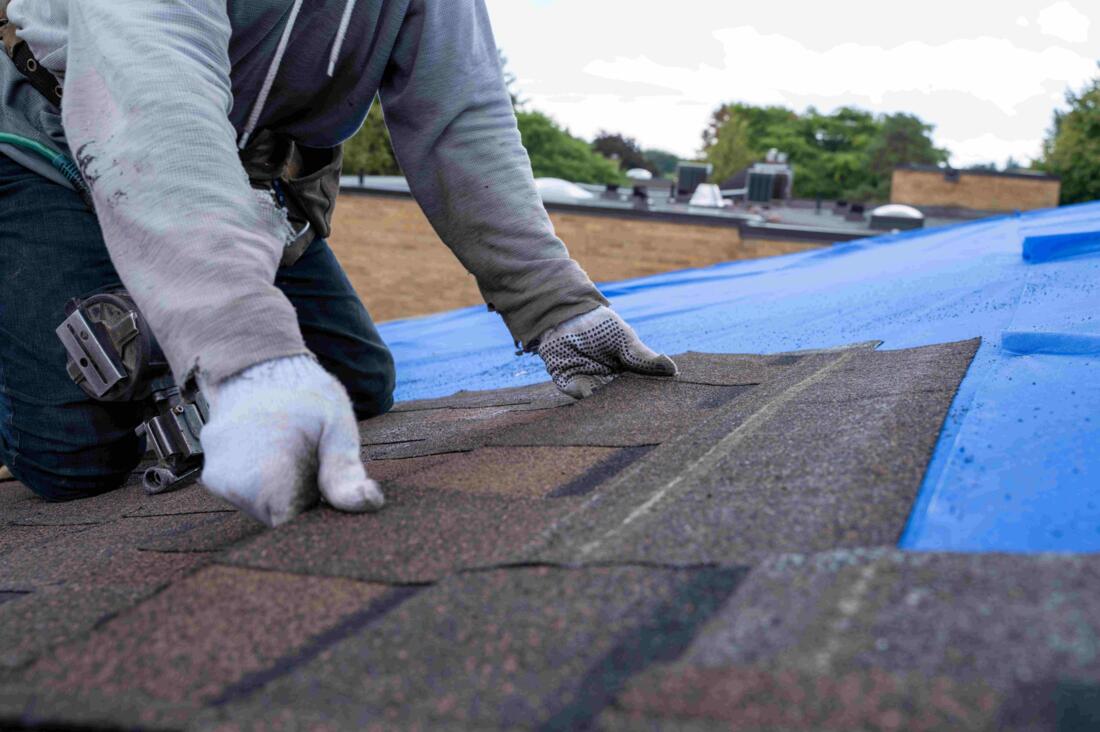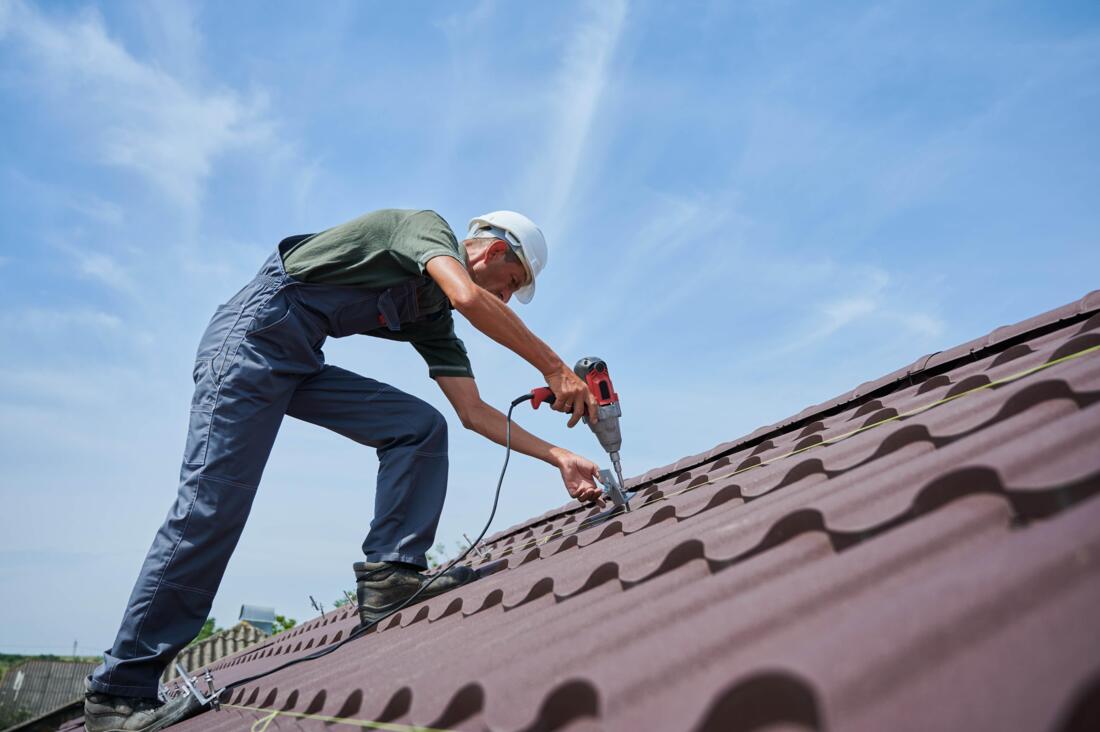By putting in a cool roof, you can improve energy efficiency by reflecting a higher amount of sunlight and absorbing less heat. This results in less reliance on air conditioning, leading to decreased energy costs, reduced greenhouse gas emissions, prolonged roof durability, and alleviated urban heat islands. These advantages are beneficial for homeowners and the environment alike.
Cool Roofs: Saving Energy and Costs
Improving the energy efficiency of your home is essential for decreasing your environmental impact and cutting down on energy expenses. A creative method to accomplish this is through the installation of a cool roof. These roofs are specifically designed to deflect more sunlight and retain less heat compared to standard roofs by using highly reflective coatings, materials, or tiles. This reflective quality assists in keeping your home cooler in hot weather, decreasing reliance on air conditioning and reducing energy usage. Consequently, homeowners can save substantially on cooling expenses and play a part in mitigating urban heat islands that can have adverse effects on communities by elevating temperatures.

Benefits
The advantages of a cool roof go beyond just saving money and enhancing comfort. Cool roofs not only lower energy consumption but also aid in decreasing the need for electricity, thereby reducing greenhouse gas emissions and other pollutants generated by power plants. This is especially crucial in crowded urban areas where air quality is a major health concern. Moreover, cool roofs can prolong the life of both the roof and air conditioning systems by minimizing heat-related damage, resulting in additional cost savings and reduced maintenance needs.

Getting Started
Homeowners interested in installing a cool roof should take into account various elements such as their local climate, current roofing material, and the overall state of the roof. It is advisable to consult with experienced roofing professionals who can offer personalized advice based on individual requirements and local regulations. Opting for a cool roof not only makes financial sense but also demonstrates a commitment to sustainability and energy efficiency. By potentially saving money both immediately and in the long run, as well as contributing to environmental conservation, a cool roof presents a valuable option for homeowners seeking to improve their home's energy efficiency and lessen their environmental footprint.
Understanding the Types of Cool Roofs Available
Cool roofs come in various types, each with unique benefits and applications. The primary categories include reflective coatings, tiles, and membranes. Reflective coatings can be applied to existing roofs, transforming their surface to reflect more sunlight. This is often the most cost-effective option for homeowners looking for quick solutions. Roof tiles can also be designed with reflective properties, offering aesthetic appeal while maintaining energy efficiency. Finally, cool roof membranes are typically used in commercial settings, providing durable, long-lasting solutions. Understanding these options helps homeowners choose the best fit for their specific needs.
The Role of Cool Roofs in Urban Planning
In urban planning, cool roofs play a crucial role in managing heat and improving air quality. As cities expand, the urban heat island effect intensifies, resulting in higher temperatures compared to surrounding rural areas. This phenomenon can exacerbate energy demands and worsen air pollution. By integrating cool roofs into urban development strategies, city planners can help mitigate these effects. Implementing cool roofs in new constructions and retrofitting existing buildings can create cooler urban environments, reducing the need for air conditioning and improving overall livability in densely populated areas.
Financial Incentives for Installing a Cool Roof
Homeowners considering a cool roof may find financial incentives available at local, state, or federal levels. Many utility companies offer rebates or discounts for energy-efficient upgrades, including cool roofs. In addition, tax credits may be available for homeowners who invest in energy-saving technologies. These incentives can significantly reduce the upfront costs associated with installation, making cool roofs more accessible. By taking advantage of these financial benefits, homeowners can enhance their property’s energy efficiency while simultaneously reducing their overall environmental impact.
Challenges and Considerations for Cool Roof Installation
While the benefits of cool roofs are significant, there are challenges and considerations to keep in mind before installation. For instance, certain climates may not be suitable for cool roofing materials, particularly in cooler regions where heat retention is necessary. Additionally, homeowners must consider the existing roof's structure and material compatibility with cool roof technologies. A thorough assessment by roofing professionals can help identify potential issues and suggest the best course of action. Awareness of these challenges ensures that homeowners can make informed decisions and maximize the benefits of their investment.
Long-Term Environmental Benefits of Cool Roofs
The long-term environmental benefits of installing cool roofs extend well beyond immediate energy savings. By reducing energy consumption, cool roofs contribute to lower greenhouse gas emissions over time, promoting a healthier planet. Additionally, they help mitigate the urban heat island effect, which can lead to improved air quality and reduced heat-related health risks for residents. The increased durability of cool roofs also means less frequent roof replacements, ultimately decreasing waste and resource consumption. By adopting cool roofing solutions, homeowners play a vital role in fostering sustainable communities that prioritize environmental stewardship.
AI-Assisted Content Disclaimer
This article was created with AI assistance and reviewed by a human for accuracy and clarity.